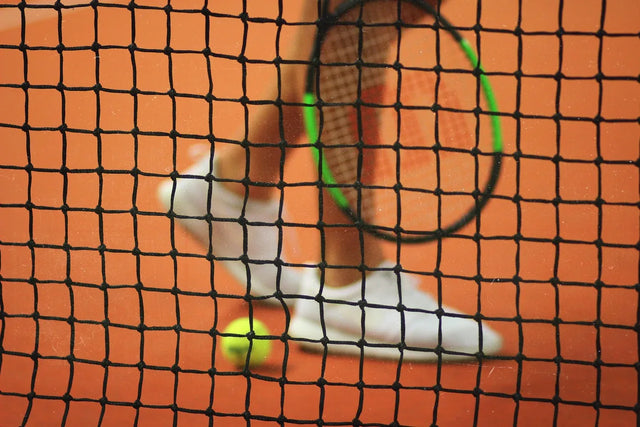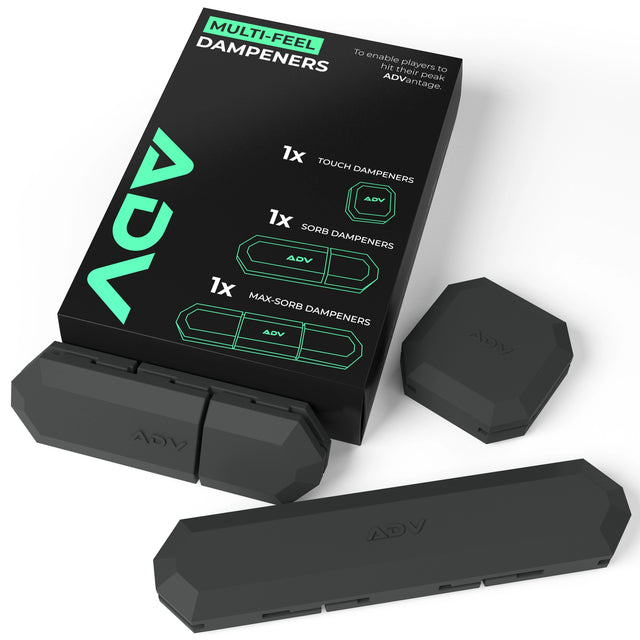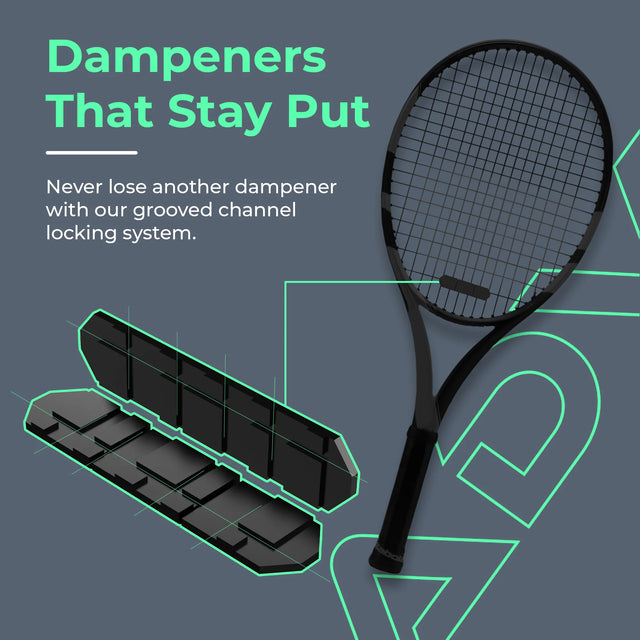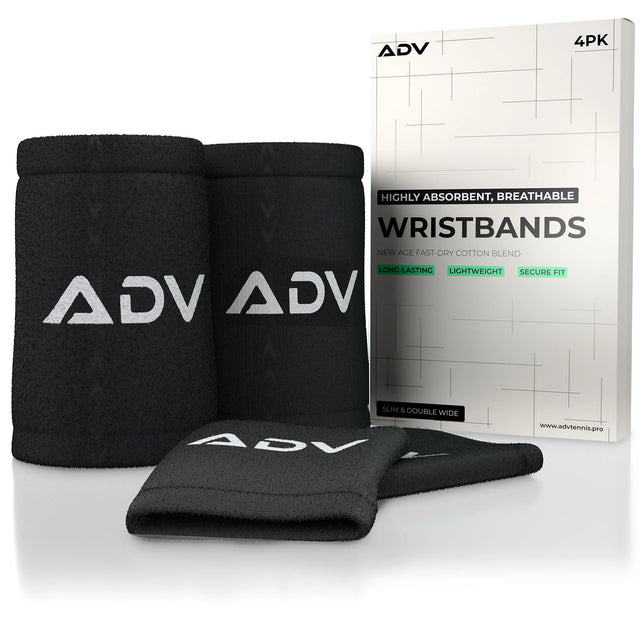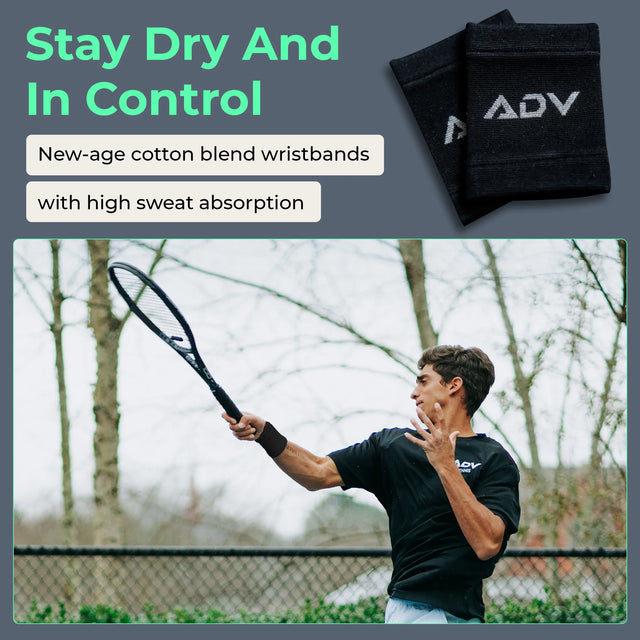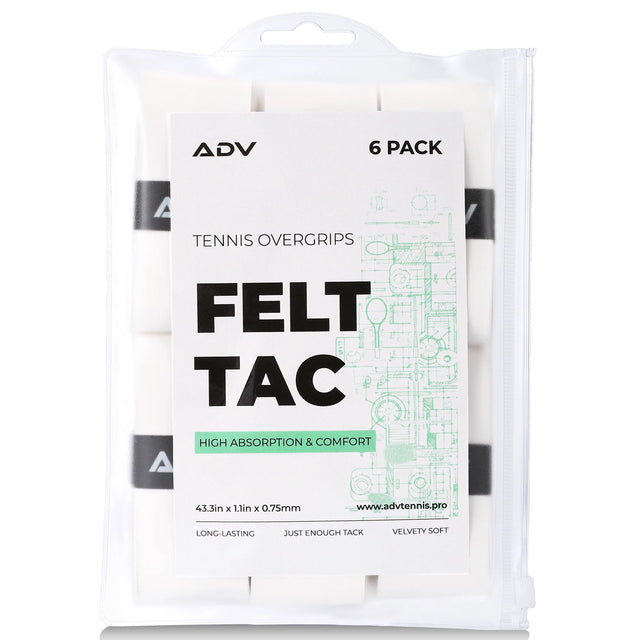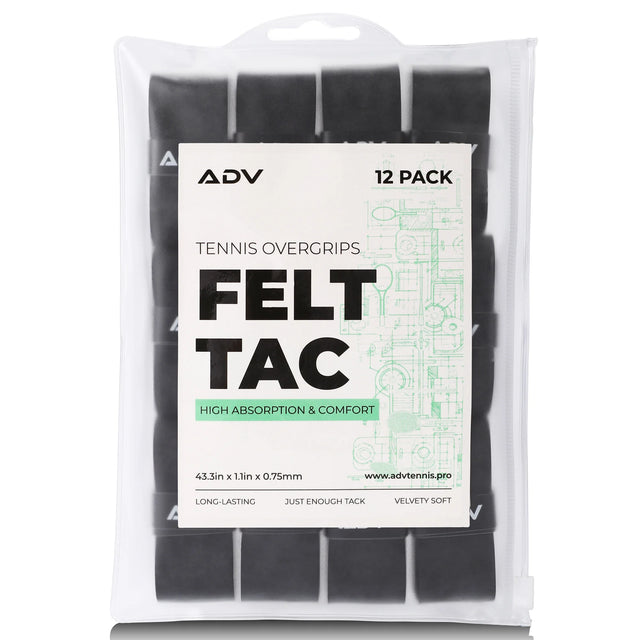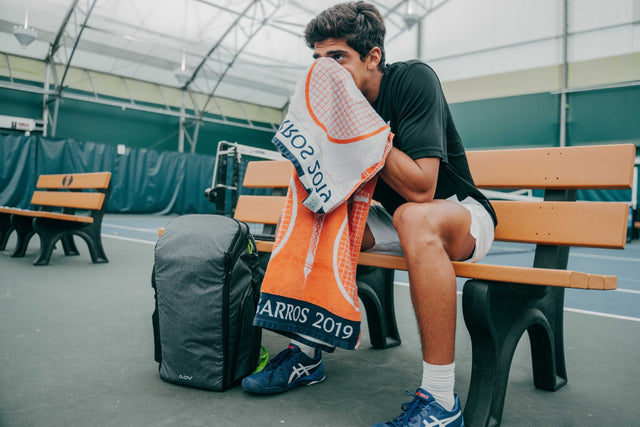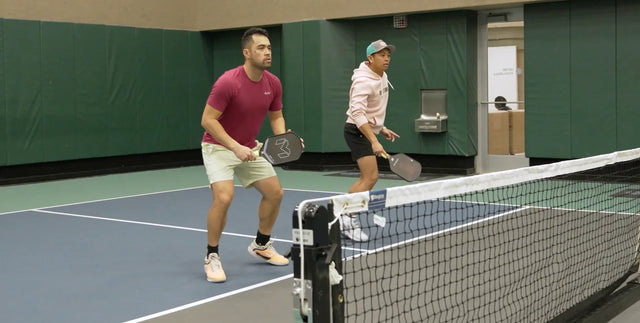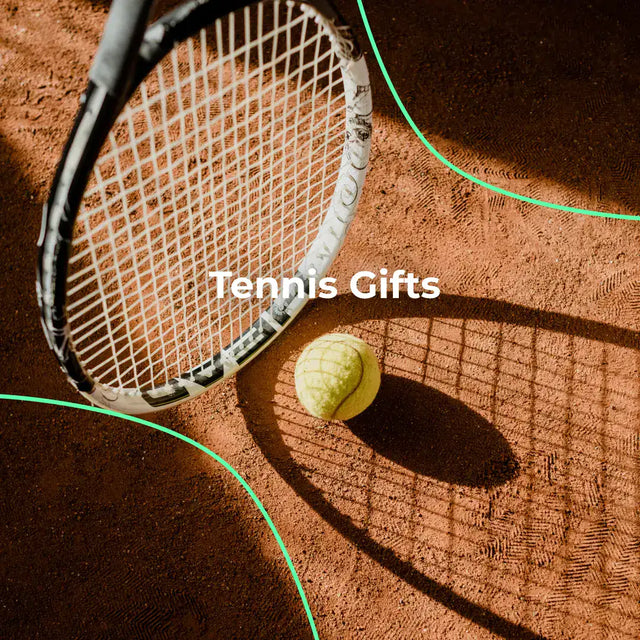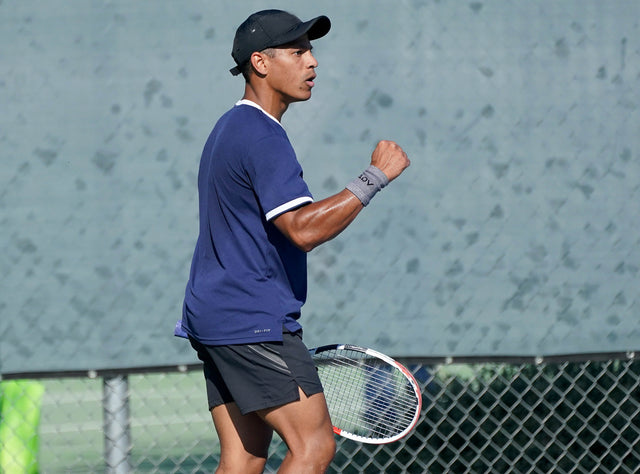What's Tennis Elbow Exactly and How To Fix It
Playing tennis, like any sport can lead to injury. One of the most common injuries as a result of playing tennis is tennis elbow. The first thing we need to clear up is that despite the name, this injury is not specific to tennis and can come as a result of doing a number of different activities.
The main reason why tennis elbow occurs is due to overuse of the tendons and muscles in the forearm. The muscles and tendons are attached or close to the elbow joint and are commonly used when playing tennis, especially when hitting a backhand shot. Playing this shot over and over again can lead to excessive strain and pain in the forearm, hence the name tennis elbow.
With that in mind, let's take a look at exactly what it is and the symptoms of tennis elbow.
SYMPTOMS
Tennis elbow causes pain around the outside of the elbow and is known in clinical terms as lateral epicondylitis. Some of the symptoms of tennis elbow include pain when lifting, bending or twisting your arm and a burning feeling in the forearm or around the elbow. You may also notice pain when lifting objects using your arm, especially smaller things such as a pen.
It may seem strange that picking up something as simple as using a pen or cup can cause pain but you are using the muscles and tendons in your forearm.
CAUSES
As highlighted above, the most common cause of tennis elbow is excessive strain on the muscles and tendons in the forearm, surrounding the elbow. This can happen from other activities outside of tennis but what are the specific causes of tennis elbow for tennis players?
One of the major causes of tennis elbow is poor technique when playing backhand shots. A poor technique often means the arm is not in the correct position to play the shot and that you're using too much of your forearm muscles instead of your entire arm / body rotation. This can lead to increased twisting and tension of the muscles and tendons in the forearm and around the elbow. It is fine to enjoy a good laugh when someone plays a bad backhand shot but you must know and employ the correct technique to avoid injury.
It is important that the tension of the strings in your tennis racket are appropriate. If the strings are too tight or too loose this can lead to an increased chance of suffering tennis elbow. In addition, regularly hitting the ball off centre when playing shots can increase the chances of getting tennis elbow.
If you have any of the symptoms above and after reading the causes you believe you could be suffering from tennis elbow you should visit your doctor.
PREVENTION
You are at increased risk of getting tennis elbow if you are aged between 30 and 50 but studies show only 3% of people are affected by the condition. Clearly, if you are playing tennis on a regular basis this will increase your chances of suffering from tennis elbow but if you believe you have symptoms, it may not be just the tennis which is at fault. A whole range of activities can lead to tennis elbow including painting walls, cutting things with a knife, playing musical instruments and repetitive assembly line work.
Although nothing is guaranteed, you can significantly lower your chances of getting tennis elbow by:
1) Warming up properly before a game. Make sure that you properly stretch your forearm, wrist and shoulders. There are a lot of great dynamic stretching exercises and equipment.
2) Avoid fully polyester string beds. Polyester strings are harsher and cause more string and frame vibration that can result in tennis elbow over time. That being said, polyester strings are great for playability at some levels and often times are mixed in with softer strings as a hybrid.
3) Avoid extended racket lengths. The longer the racket, the more strain you’ll put on your forearm and elbow.
4) Employing good technique, especially for one-handed backhand players. Proper technique will involve more body parts and rotation whereas poor technique generally overuses the arm, forearm and elbow that leads to tennis elbow.
5) Similar to properly warming up, keep your arms and wrists strong. Lifting a basic light weight can help build strength in the arms and wrists.
6) Using an epicondylitis clasp or tennis elbow strap properly will help reduce some of the vibration and strain from your arm into the device.
7) Although mainly anecdotal, using tennis vibration dampeners reduces the vibration on the tennis racket’s string bed and can lower the total vibration.
TREATMENT
The best way to cure tennis elbow is rest. Unfortunately, this will mean time away from the tennis court but if it allows you to continue playing pain free in the future it will be worth the wait. In addition, continuing to play through the pain with tennis elbow could shorten your tennis playing career.
If you are in pain throughout the day, you can use a cold compress against your elbow several times to help ease the pain. Something as simple as a frozen bag of peas will do the job nicely. Painkillers are also a good short term fix if you are in pain and need immediate relief but should not be relied upon as a long term solution.
Depending on the severity of the injury, your doctor may recommend a course of physiotherapy. This can not only relieve the pain but also help to increase the range of movement in your arm. There are also injections which may be given to help ease any pain and swelling in the arm.
One or a combination of the above factors is usually enough to cure tennis elbow within a year. However, surgery can be an option if there is a damaged tendon for example and it needs to be removed. This is usually a last resort.
There’s no way around it, tennis elbow is real and can sadly hinder your tennis game and keep you off your court. The bright side is that if you take the right measures, it will get better. Better yet, take note of all the preventive measures and hopefully you won’t have to worry about. See you on court!
🎾 Written by Daniel Jones, staff writer

